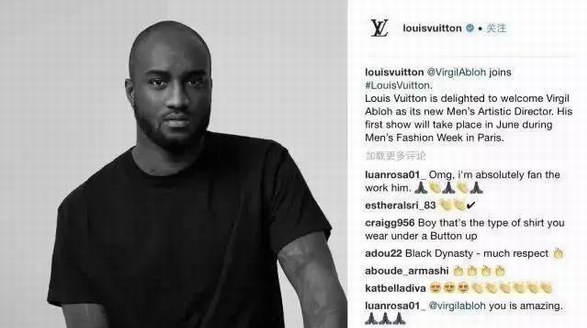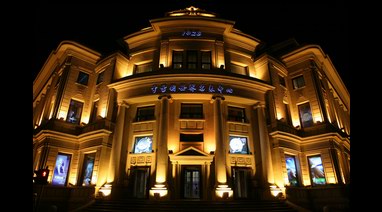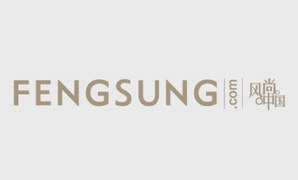
More than 150 world leaders are meeting in fashionable Paris for the 21st session of the Conference of the Parties to the United Nations Framework Convention on Climate Change. (Martin Bureau/AFP/Getty Images)
Paris — ground zero for luxury fashion — is serving as host to theUnited Nations Conference on Climate Change. Kering executives are sitting on multiple panels, while LVMH, a corporate sponsor of the conference, is firing off email blasts to its employees on “green” lessons learned.
“Sustainability” — maintaining a diverse bio-system while eliminating waste and pollution and decreasing energy consumption — is a hot topic in fashion, from Seventh Avenue to Europe. But it poses conundrums. Is it better for a Paris-based fashion company to use virgin paper produced in France for its runway show invitations? Or recycled paper from China? Can they just skip the fancy card stock and send evites?
Fashion schools are working a keener understanding of carbon footprints into their curriculums. There are green fashion contests challenging designers to make clothes that are both red-carpet glamourous and good for the planet. Countless brands now declare themselves eco-friendly, which can mean anything from using organic cotton in T-shirts to using solar power to heat their headquarters. Most are sportswear labels that lead with their self-declared “green” credentials rather than aesthetics; or hardy activewear companies, such as Patagonia, which offer handbooks for repairing — instead of replacing — damaged clothes.
But on the whole, green fashion is typically seen as “other.”
At the top of the fashion pyramid sit the luxury brands. In grand corporate offices, their executives speak of carbon credits, “cradle-to-cradle” supply chains and the exigency of preserving natural capital — the extravagant raw materials such as unmarred leather hides and long-fiber cotton on which their products rely.
These companies have natural eco-advantages over their mass-market rivals. They control more of their supply chain, such as tanneries. They have the resources to develop new production techniques. They tout the heirloom nature of their products, not their disposability. And their customers are less price-sensitive: Who’s counting pennies when spending thousands of dollars on a handbag?
“I honestly think the brands are doing what they’re doing because they think it’s good business” — a way to preserve the quality of the natural resources they rely upon, says Gemma Cranston, of the Cambridge Institute for Sustainability Leadership, which has worked with Kering and Hugo Boss. “They just see it as a step they now need to take to continue to produce high-quality garments.”





